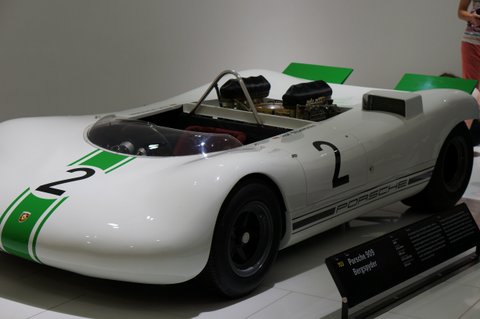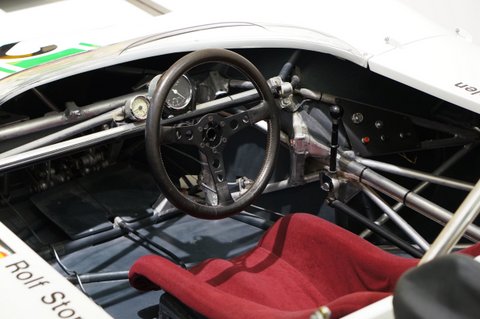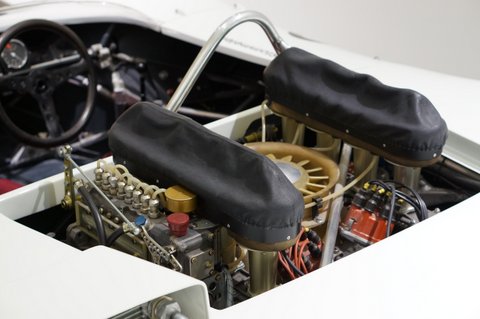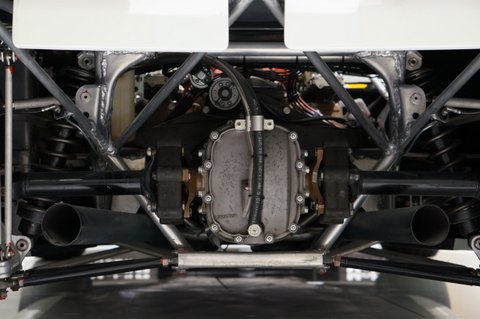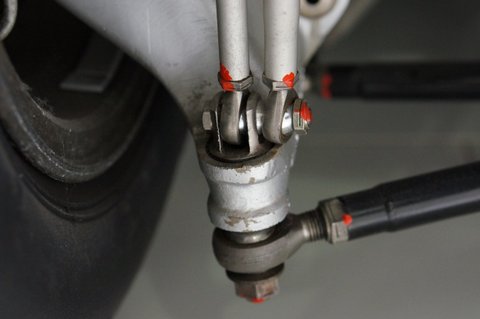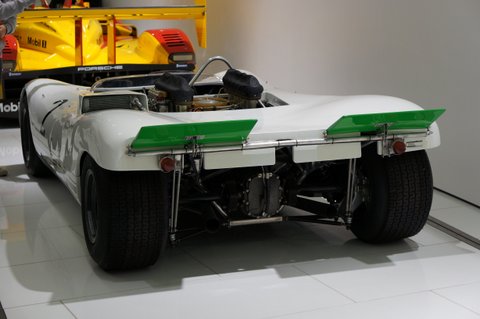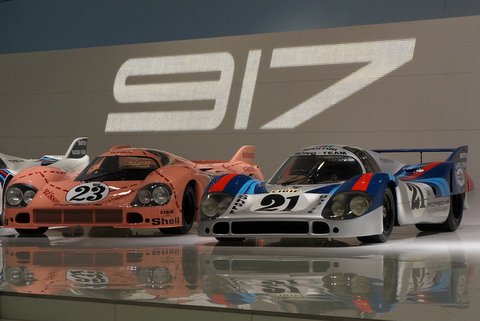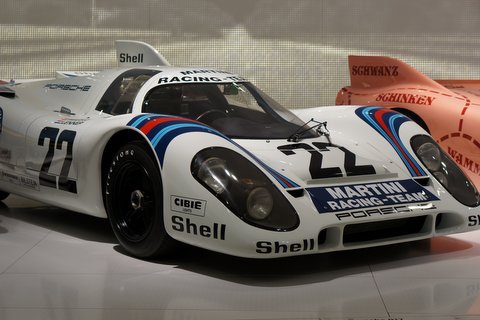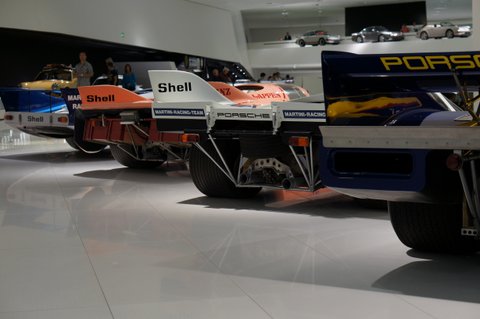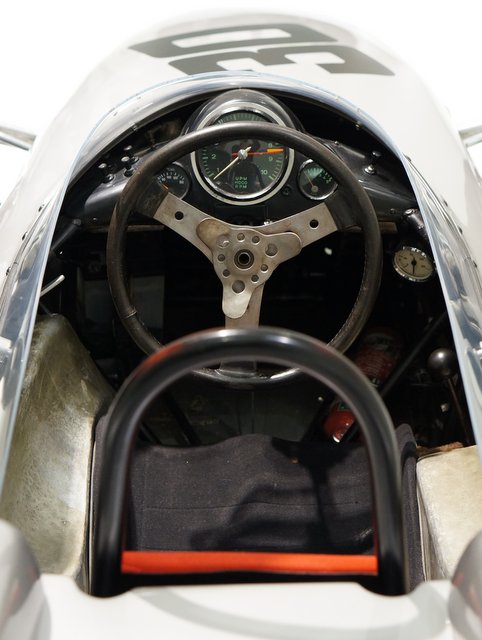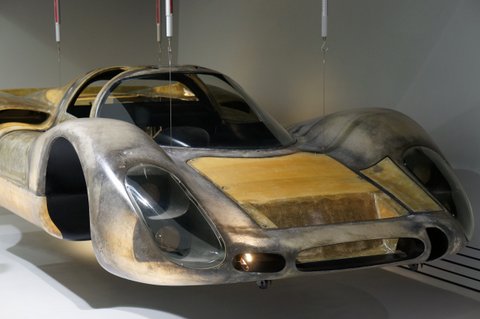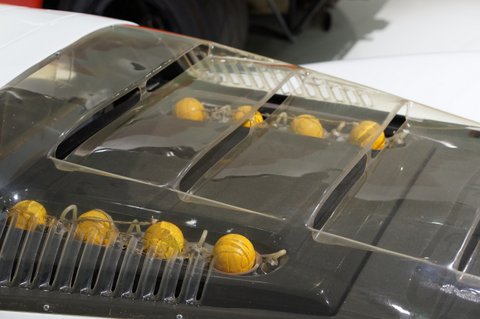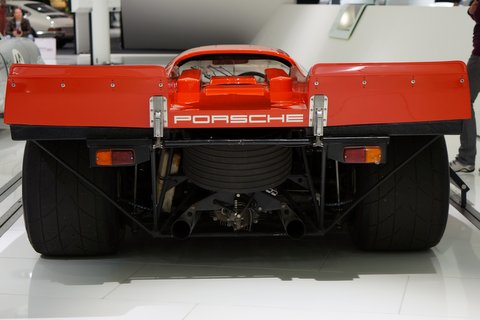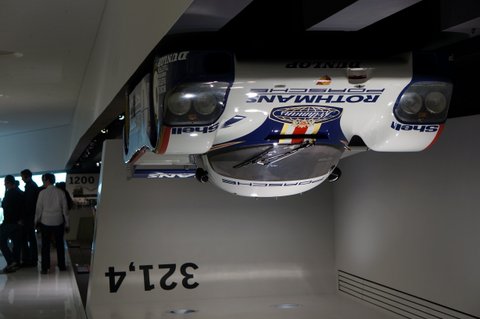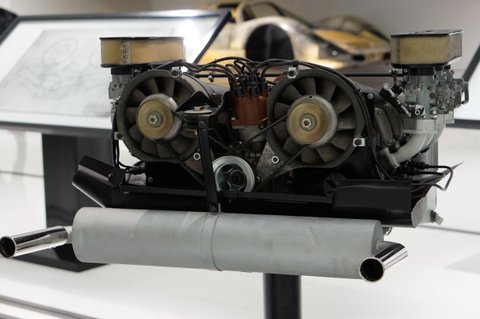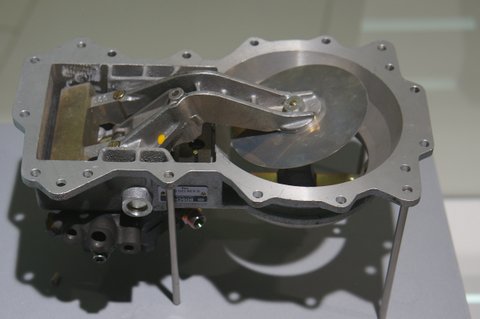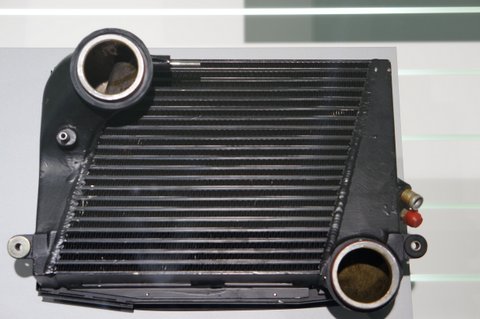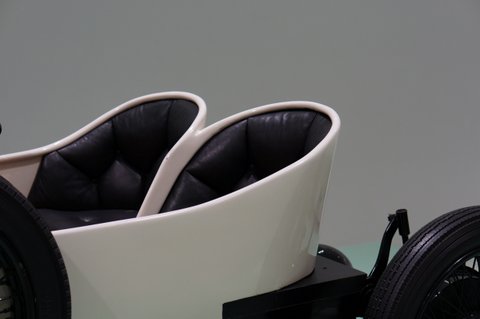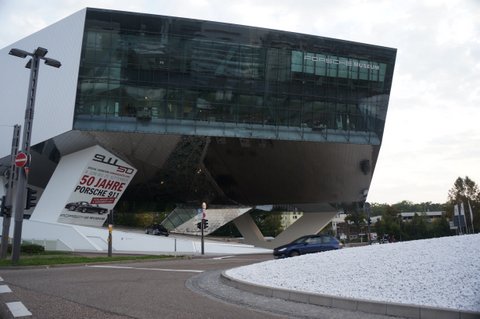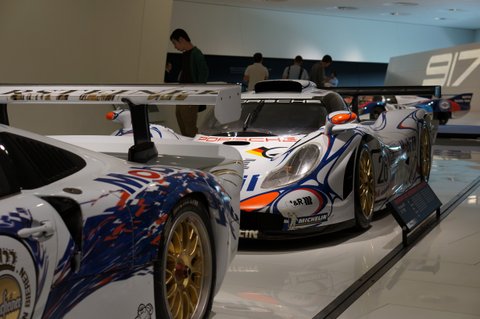The Porsche Museum in Stuttgart is a wonderful place. Although I am a keen Alfisti I own an 1982 Porsche 911SC in kiln red. It is my pride and joy. Julian is a die hard Alfisti and drives an '82 GTV as his day car but I actually use the Porsche as my day car. The exhibition starts with the genesis of Porsche design, the type 64 which is pictured here. The hand beaten aluminium panels on this lightweight and aerodynamic structure hold most of the key styling features that have dictated the shape of cars from Porsche ever since. It was originally made for the famous Berlin to Rome race but sadly was never able to compete in the race.
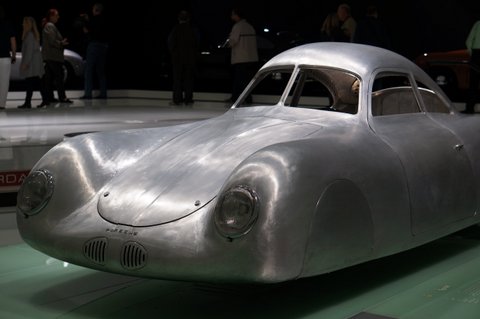
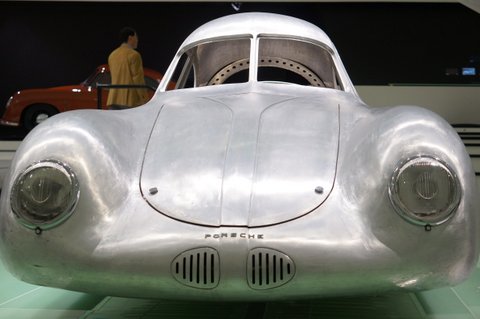
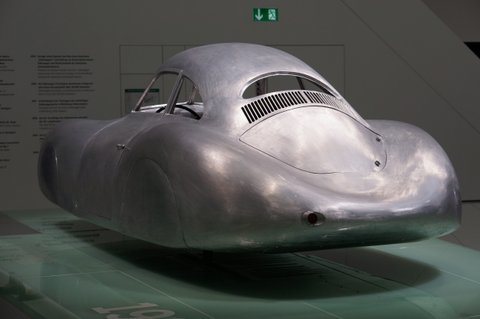

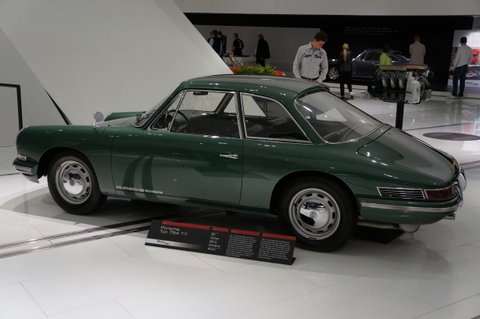
This is the precurser to the 911. I can't remember it's numerical designation but you can clearly see most of the 911's styling traits can be found here. The notched rear was to allow more head room.
Immaculate examples in pristine condition are everywhere! There was a fifty years of 911 special exhibition on when I was there so most of the production cars on show were 911s. As nice as that was it would have been nice to have seen some 928s and so forth.
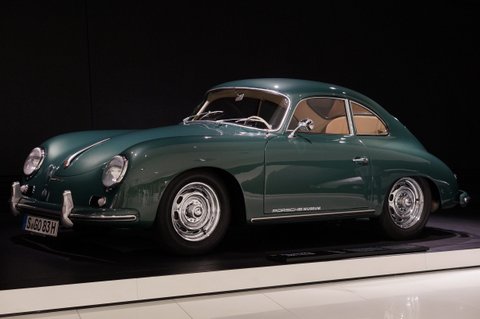
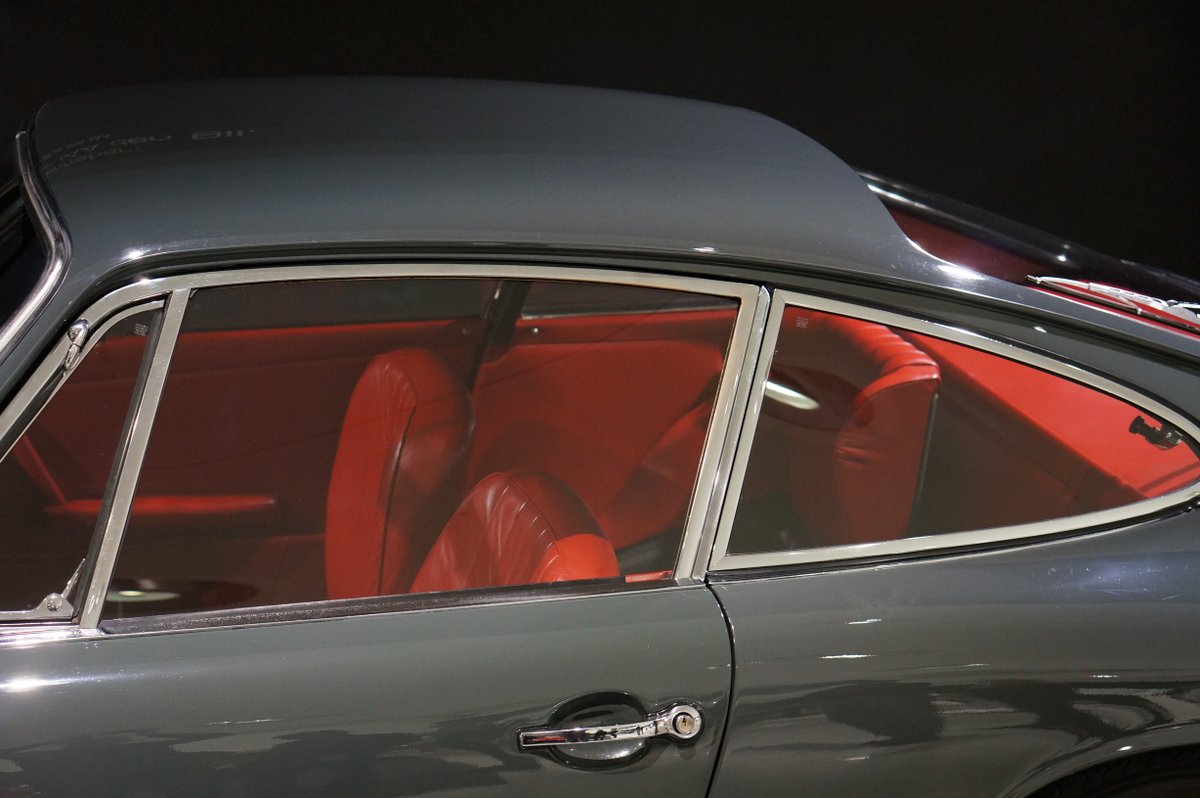
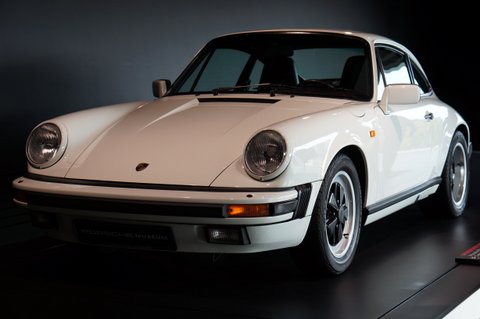
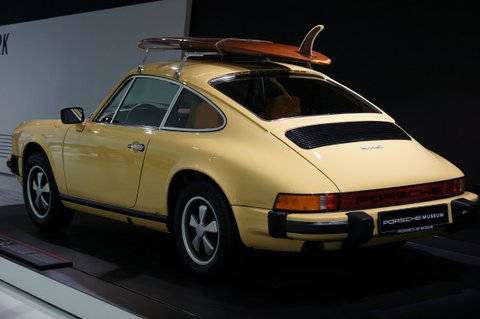
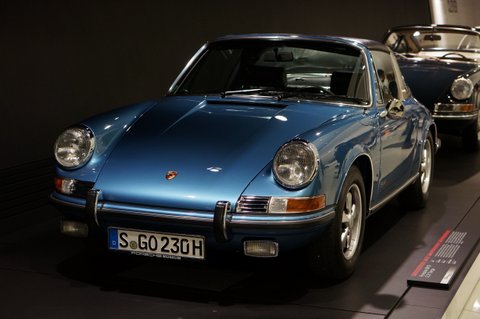
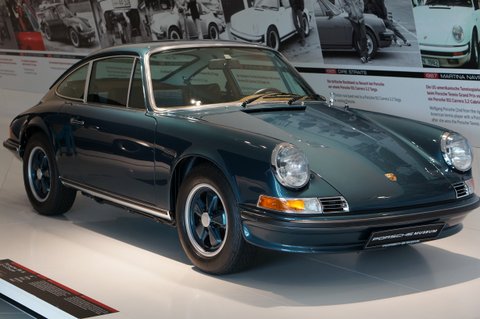
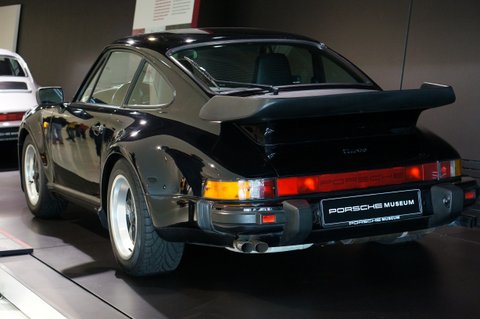
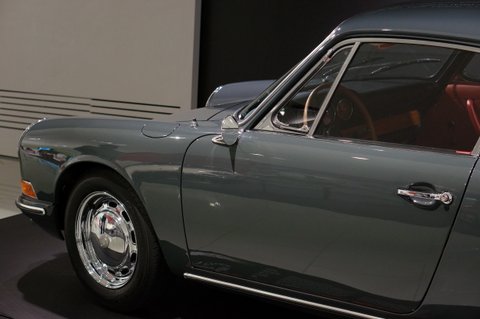
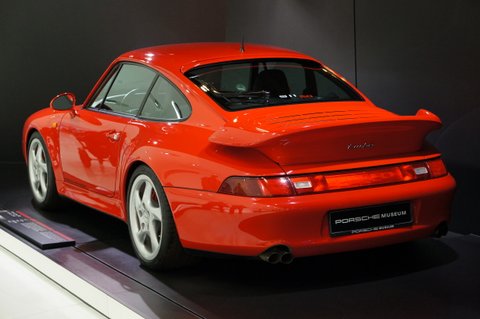

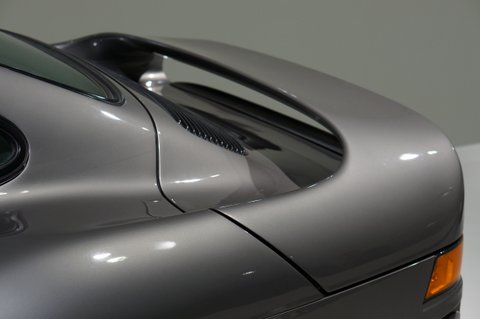
The legendary 959. Although most people would mistake it for a 911 I'd still be stoked to have one! I really like the subtle treatment of the rear and curves that are to be found there. The wing in particular and it's integration into the body is very pleasing and understated given it's size. Nice.
This is a deconstructed 1200HP flat 12 running 2.7 bar of boost from a 917. At some level it has been made by wedding two flat sixes together which is clear from the photos. I like the way they have exploited this by using gears mounted between the two banks of three cylinders to drive the cam which you can see in the fifth and sixth photos. Part of the appeal of this engine is that there is nothing on it that I can't identify and know it's function. If you look at it there is nothing on it that can't be found on normal car engines.
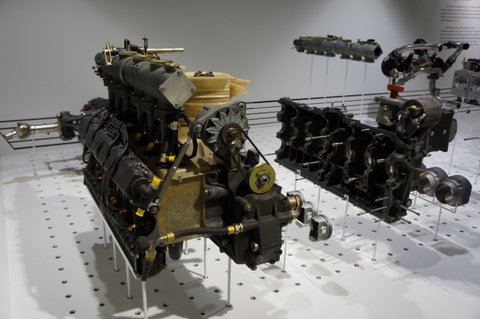
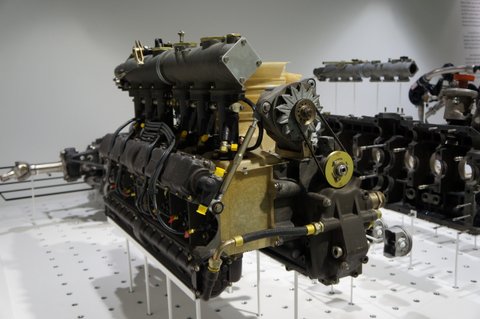
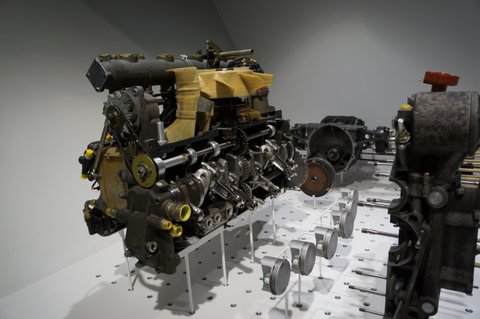
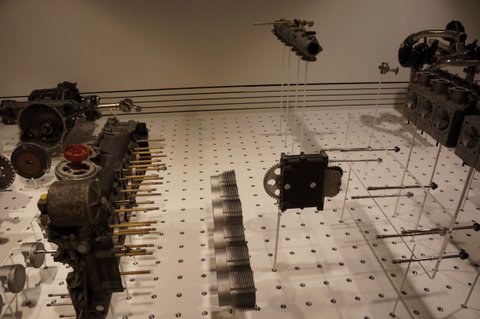
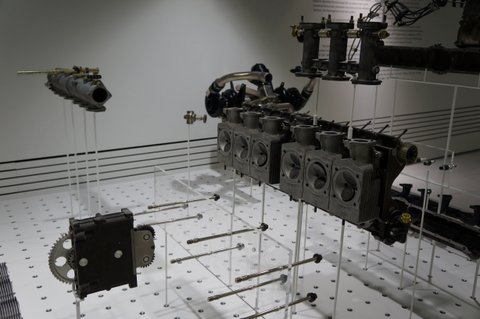
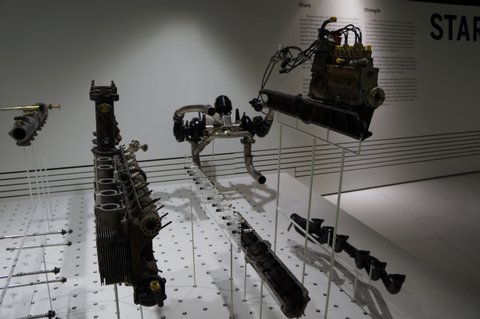
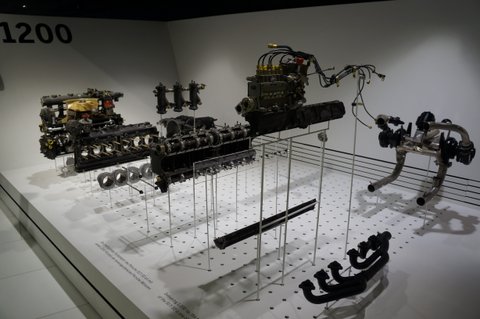
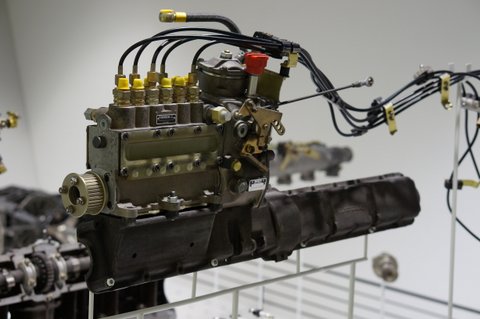
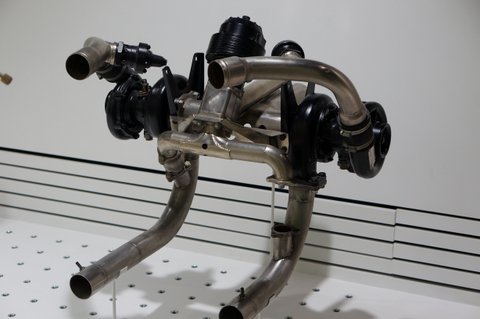
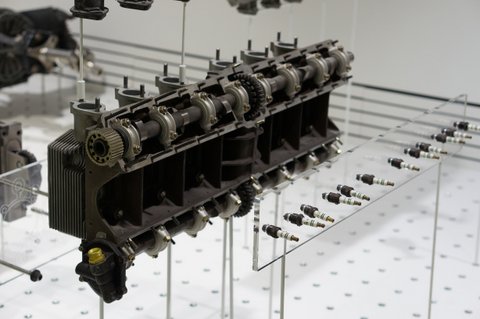
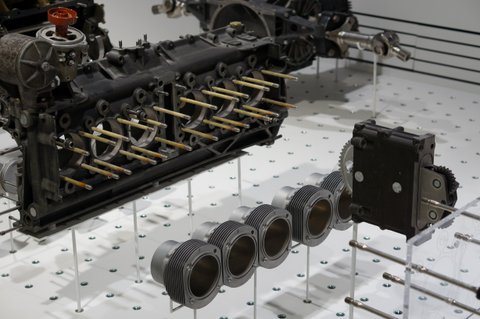
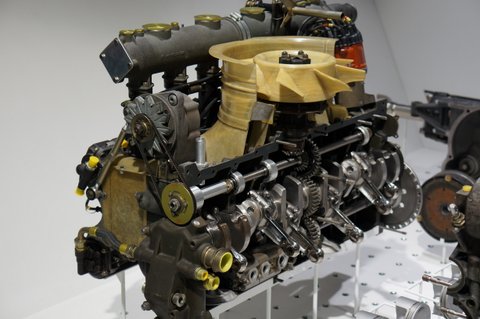
The 906 is such an ugly but we spent ages pouring over it. It was built as a dedicated hill climbing machine and minimum weight was it's mantra. It's fuel tank was a pressuised titanium sphere because this was lighter than a using a pump. The sphere is on display elsewhere in the museum. As I recall it's sitting next to a crankshaft machined from a block of titanium... Note how the rear wings are hinged and slaved to the suspension. Whilst we were on our hands and knees admiring the rear suspension a pretty German girl in her early twenties joined us in beholding this ultra-lightweight special. I wondered what she was doing as the idea that she was also enjoying the rose jointed suspension was a completely foreign idea to me but there you have it. Only in Germany?
